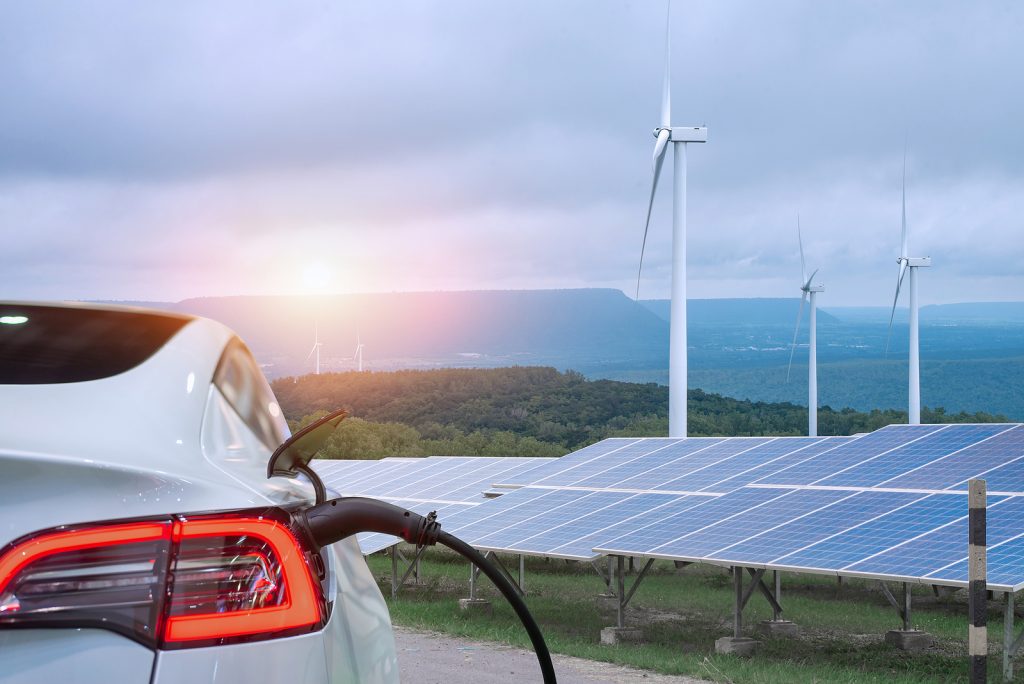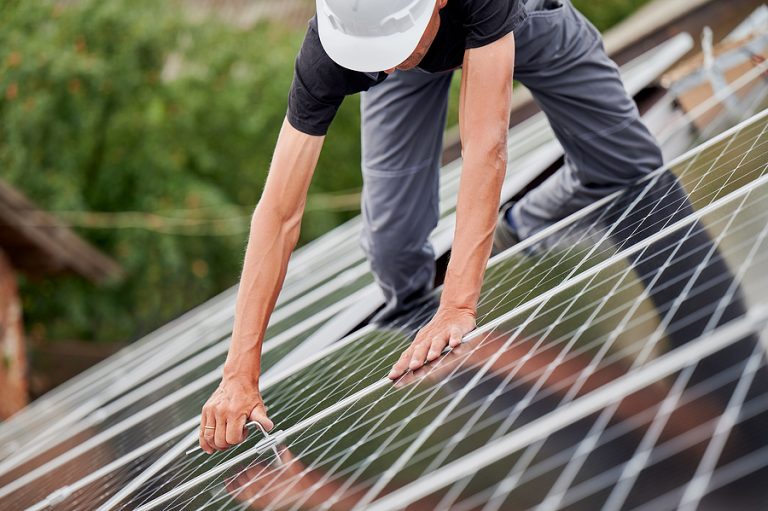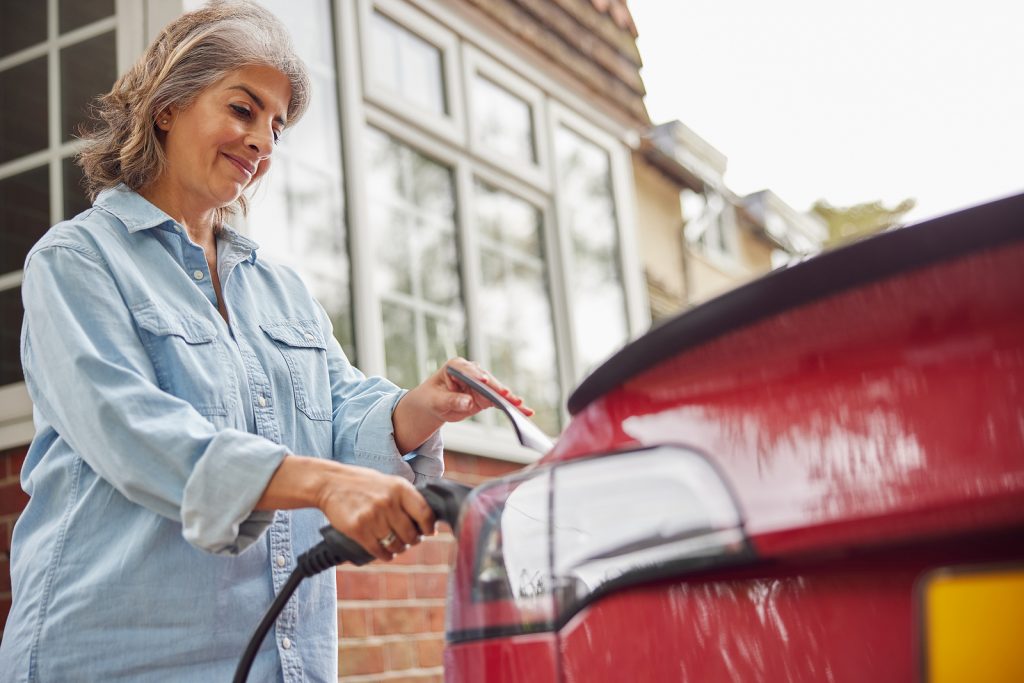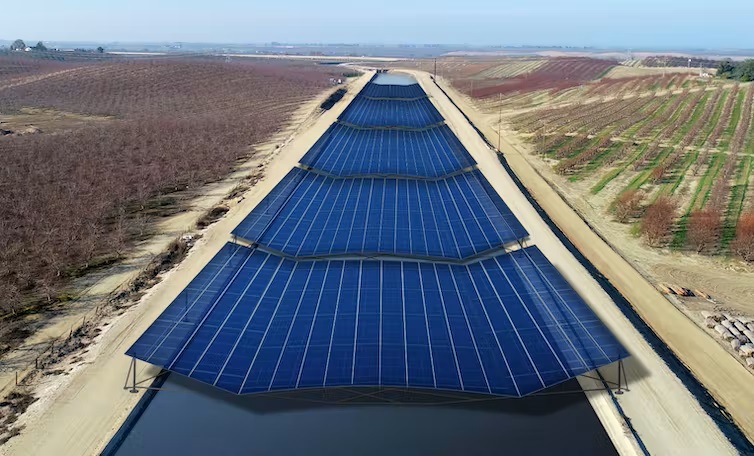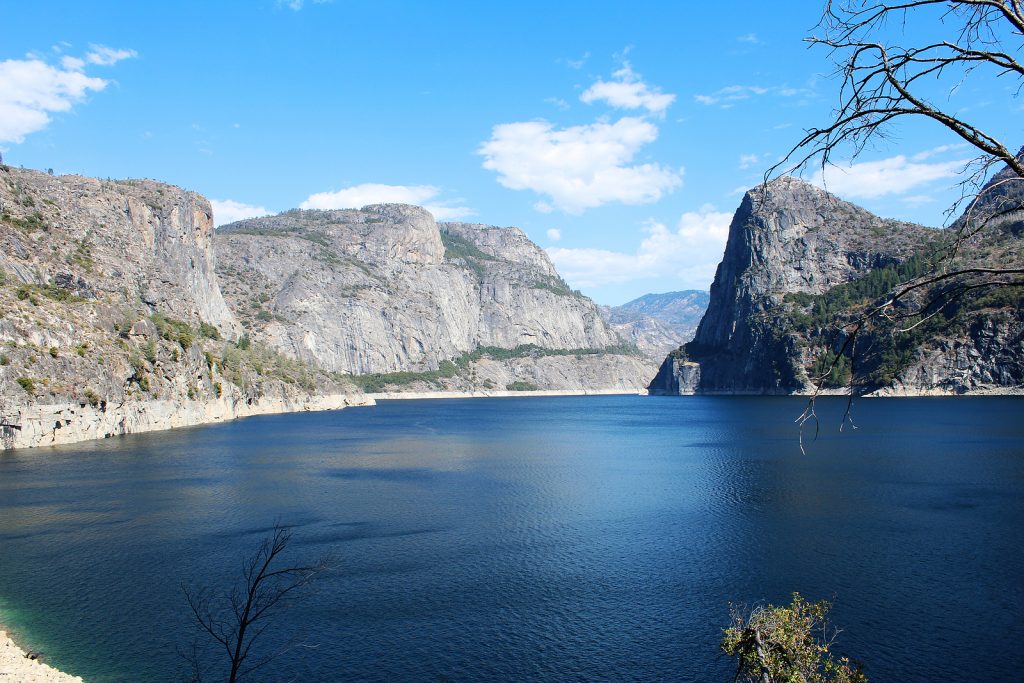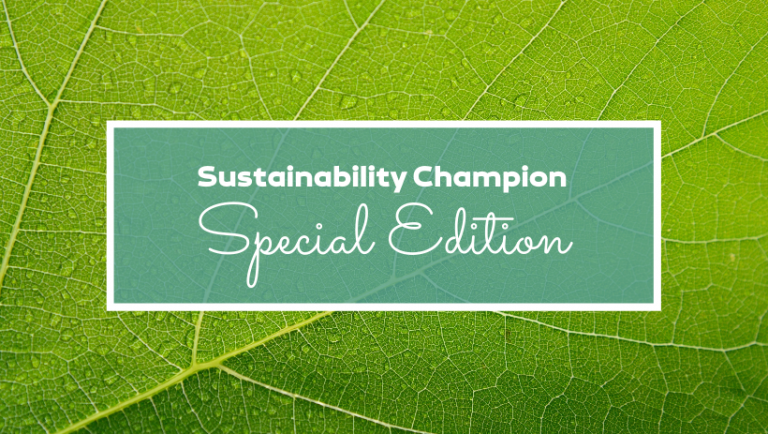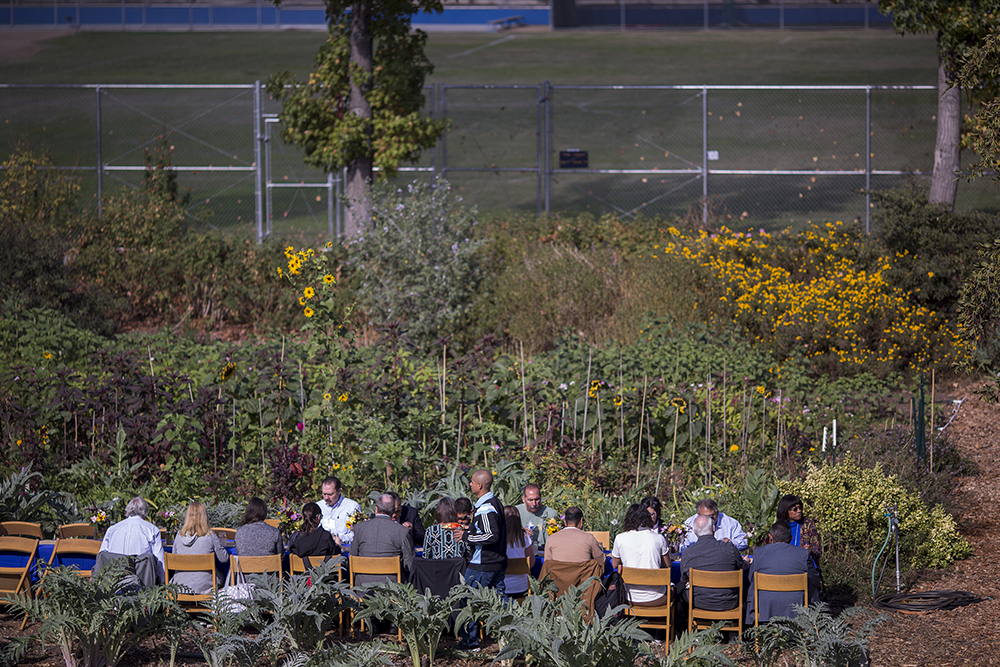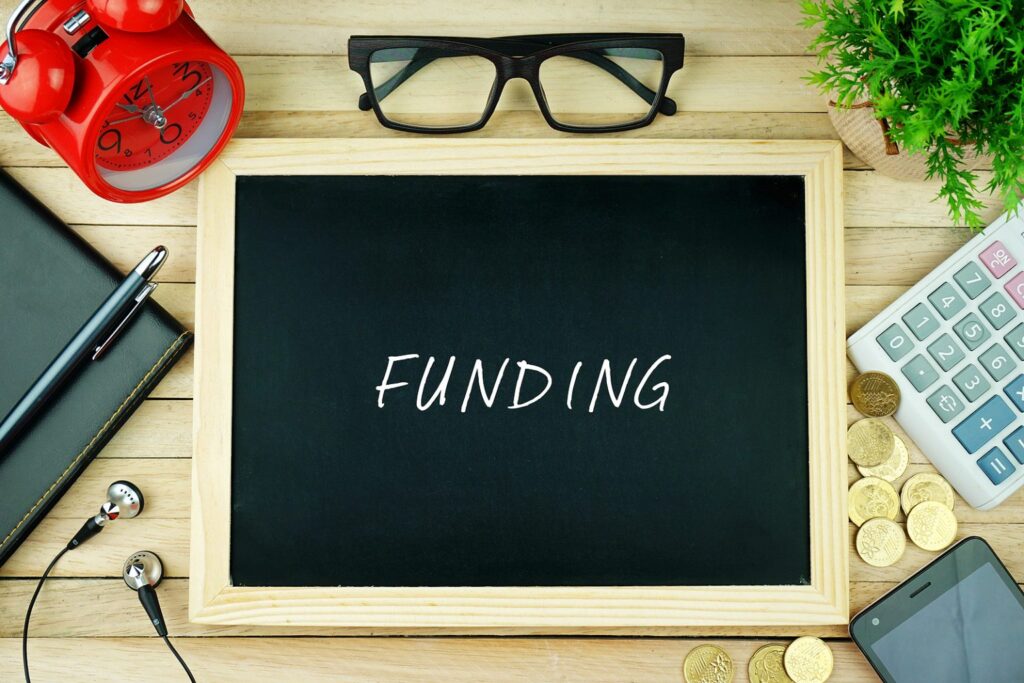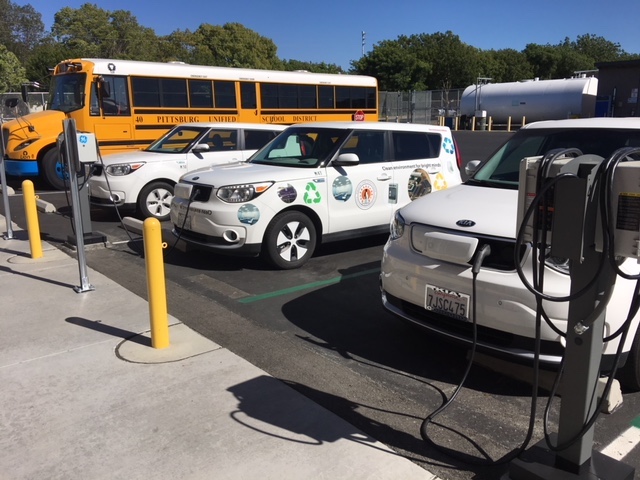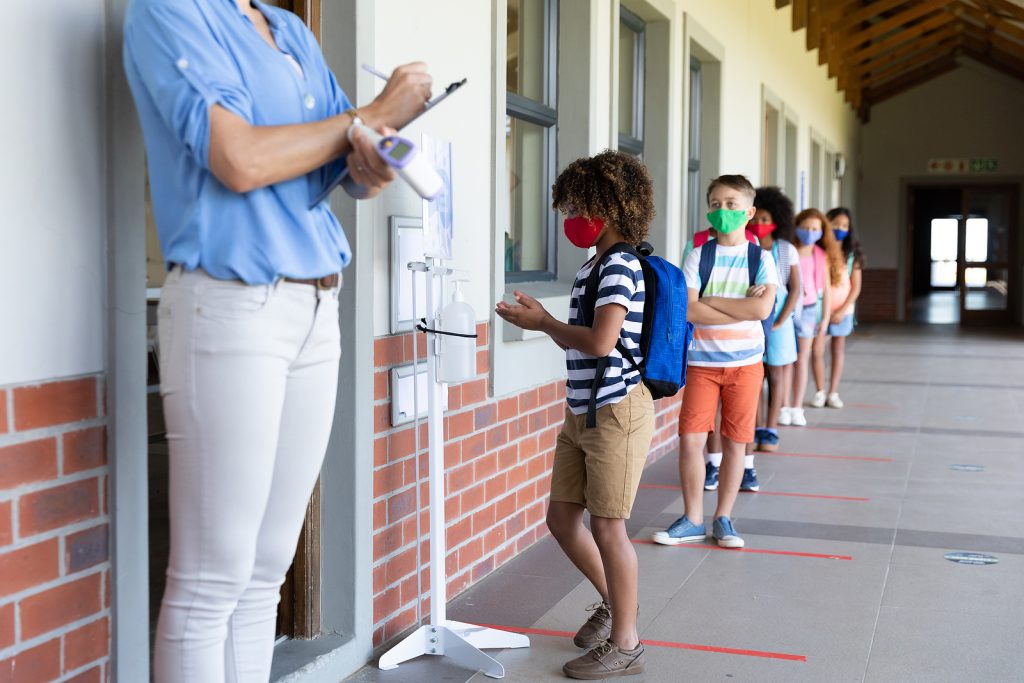How to Meet Biden’s 2030 climate goals and dramatically cut greenhouse gas emissions
Unprecedented forest fires in the drought-stricken western United States. Tropical storms and rising seas threatening the Gulf and Atlantic coasts. Sizzling heat across large swaths of the country. As climate change unfolds before our eyes, what can the U.S. do to sharply and rapidly reduce its share of the greenhouse gas emissions that are causing it?
The Biden administration has committed to reduce those emissions 50% by 2030 below 2005 levels. That’s a critical first step of a global energy transition that must achieve net-zero emissions by midcentury to limit warming to 1.5 degrees Celsius (2.7 F) and thereby avert the worst impacts of climate change.
How to Meet Biden’s 2030 climate goals and dramatically cut greenhouse gas emissions Read More »

